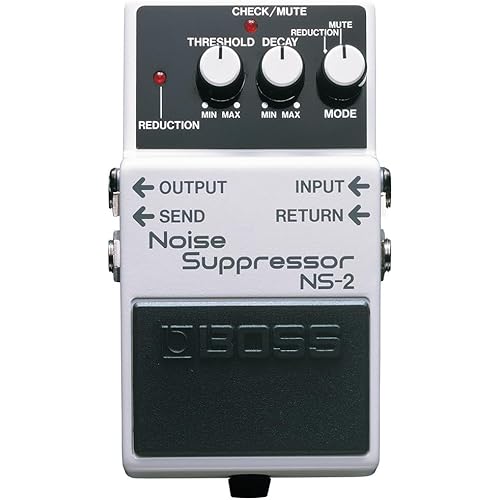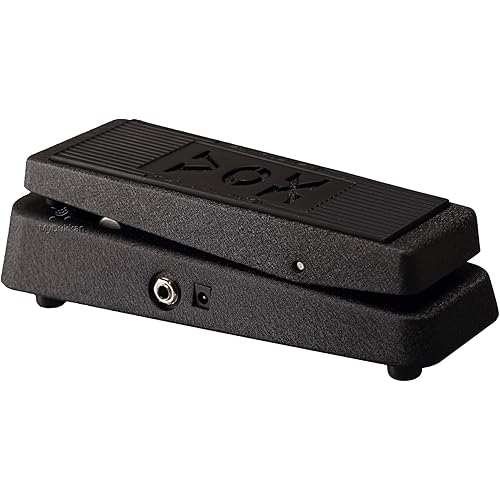



Buy Now, Pay Later
- – 6-month term
- – No impact on credit
- – Instant approval decision
- – Secure and straightforward checkout
Ready to go? Add this product to your cart and select a plan during checkout.
Payment plans are offered through our trusted finance partners Klarna, Affirm, Afterpay, Apple Pay, and PayTomorrow. No-credit-needed leasing options through Acima may also be available at checkout.
Learn more about financing & leasing here.
Selected Option
This item is eligible for return within 30 days of receipt
To qualify for a full refund, items must be returned in their original, unused condition. If an item is returned in a used, damaged, or materially different state, you may be granted a partial refund.
To initiate a return, please visit our Returns Center.
View our full returns policy here.
Style: Chorus
Features
- Controls: Rate, Depth, Mix
- Modes: Light, Medium, Heavy
- Power Requirements: 100mA minimum
Description
For the Fundamental Series, we challenged ourselves to design a set of pedals with the tonal integrity that’s required to live on a professional’s pedalboard, but with simplified controls friendly enough for even the newest effect pedal users. Each Fundamental pedal includes 3 sliders for tweaking the sound, plus a three-way switch for changing pedal modes. The result is a line of 8 pedals that will keep you covered from your first band practice all the way to a sold-out arena. Designed and assembled at Walrus Audio headquarters in OKC, OK.
Item Weight: 8.4 ounces
Product Dimensions: 5.55 x 4.5 x 2.85 inches
Country of Origin: USA
Item model number: 900-1072
Is Discontinued By Manufacturer: No
Date First Available: February 23, 2023
Frequently asked questions
To initiate a return, please visit our Returns Center.
View our full returns policy here.
- Klarna Financing
- Affirm Pay in 4
- Affirm Financing
- Afterpay Financing
- PayTomorrow Financing
- Financing through Apple Pay
Learn more about financing & leasing here.








![Hozelock - Wall-Mounted 30m Hose Reel with 15m Hose : Easy-to-Install Wall-Mounted Hose Reel with Handle, Complete with Hose Guide, Nozzle, Fittings and Accessories [2422R0000]](https://m.media-amazon.com/images/I/91GNu3m-vZL._AC_US500_.jpg)















